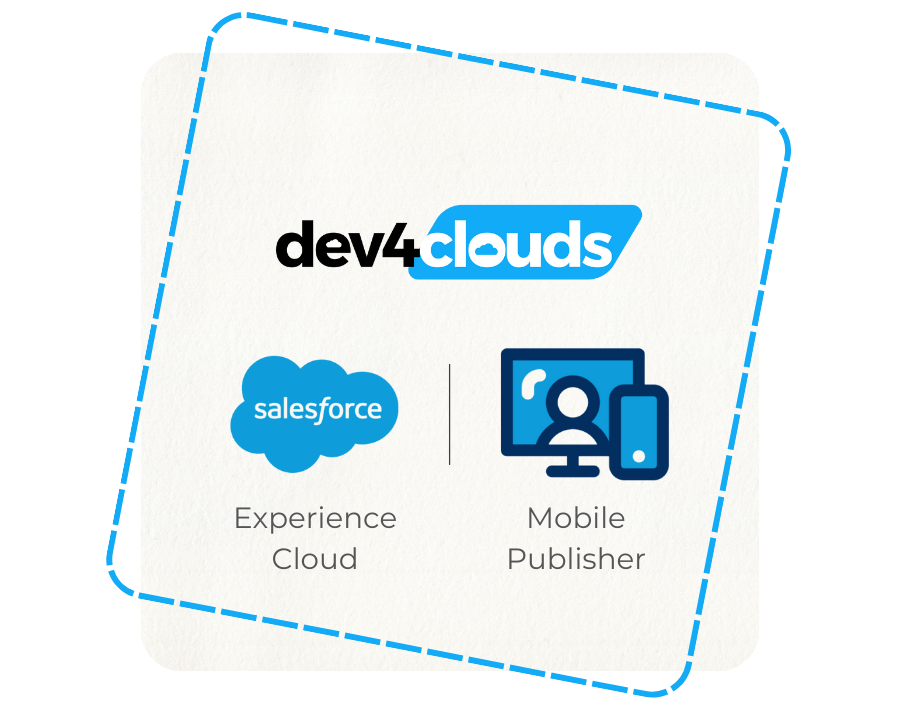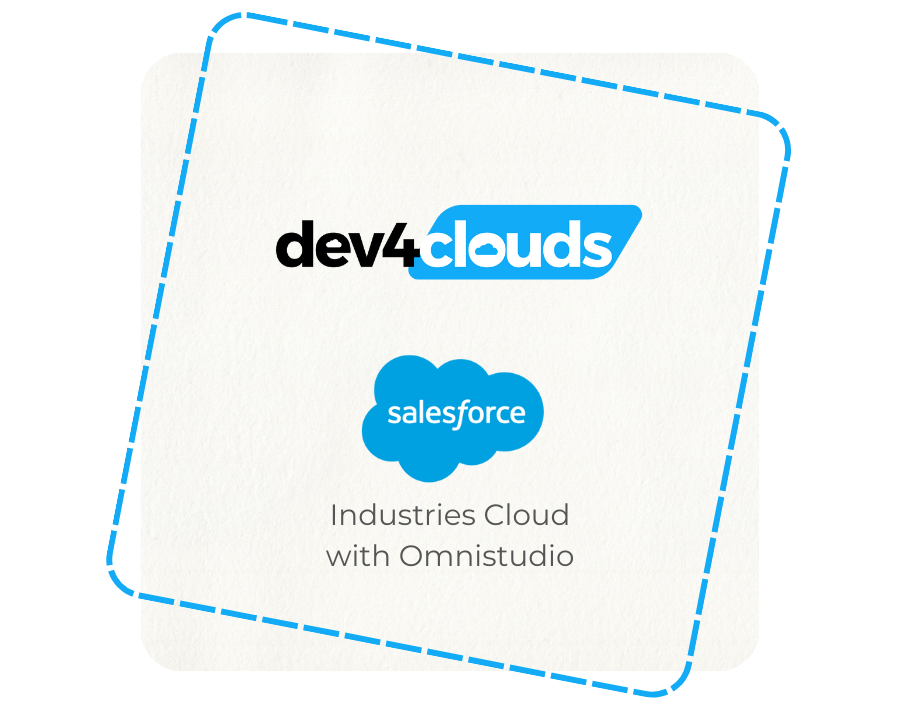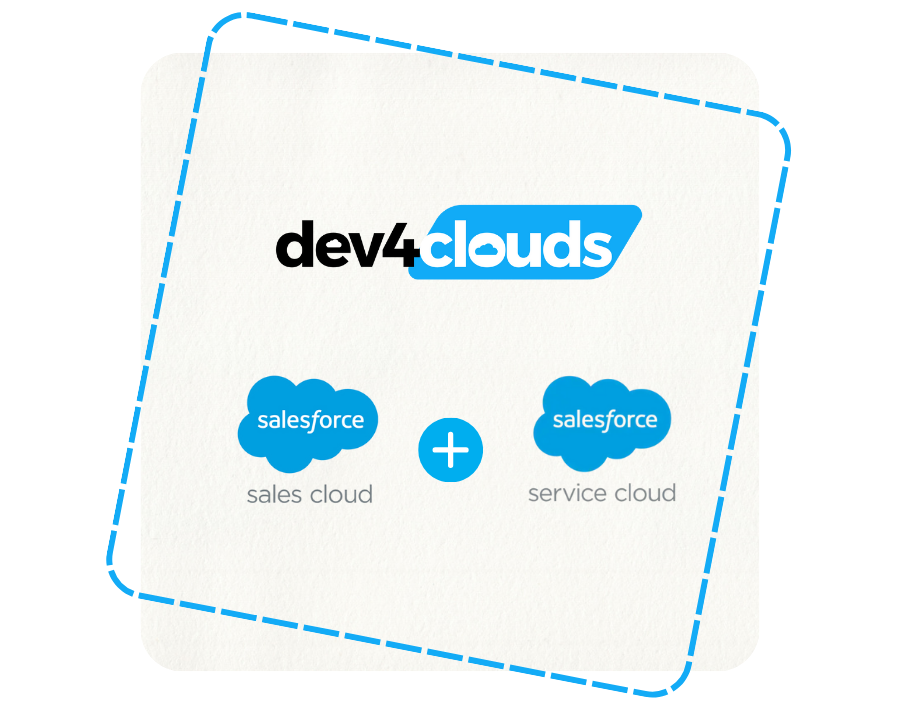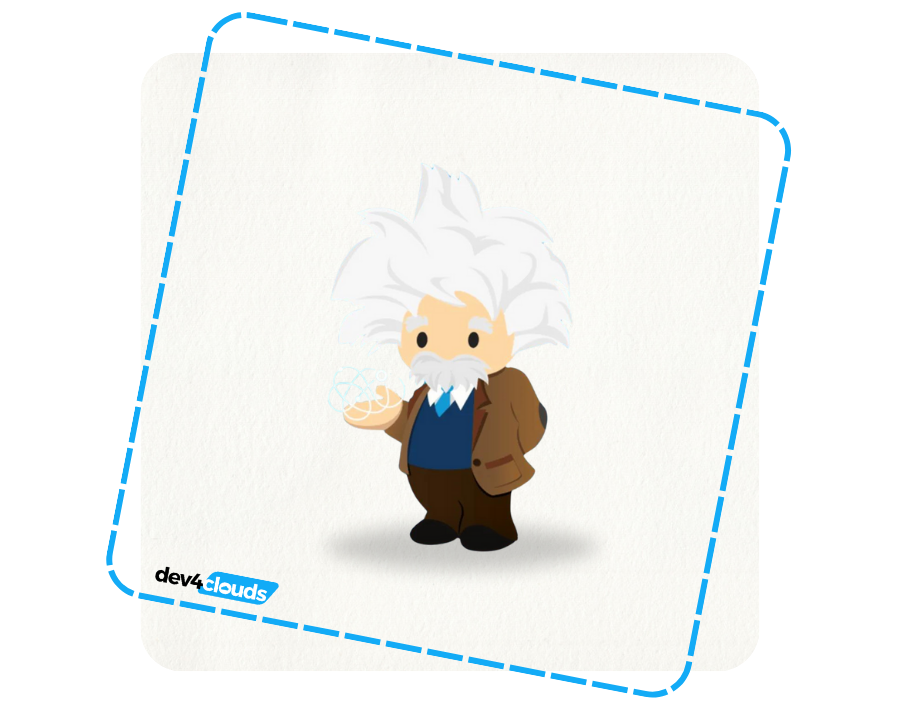Salesforce recently made a big move: it has officially stopped selling its Configure, Price, Quote (CPQ) product to new customers. This decision has sent waves through the Salesforce community, especially among professionals holding or pursuing the “Salesforce CPQ Specialist” certification. So, what does this mean, and what comes next?
Before we proceed, let’s remember what what are/was the main benefits of these Salesforce products.
What Was Salesforce CPQ?
CPQ stood for Configure, Price, Quote – a tool designed to help sales teams quickly generate accurate quotes for complex products. It streamlined pricing, discounts, approvals, and quote generation, making it easier to close deals. For years, CPQ was the go-to solution for automating the sales process within Salesforce.
It was especially useful for:
- Companies with complex pricing models
- Subscription-based businesses
- Teams needing approval workflows and guided selling
CPQ was a powerful tool, but it had its limitations. Integration complexity, UI limitations, and scalability issues started showing as more modern needs emerged.
What Is Revenue Lifecycle Management?
Revenue Lifecycle Management (RLM) is Salesforce’s next-generation solution that goes beyond CPQ. Instead of focusing only on quoting, RLM is designed to manage every aspect of the revenue lifecycle—from the initial product configuration and pricing to contract management, billing, renewals, and revenue recognition.
RLM provides a unified platform that:
- Automates quote-to-cash processes
- Integrates tightly with Salesforce Sales, Service, and Finance applications
- Supports complex pricing models and contract terms
- Includes native subscription and usage-based billing capabilities
- Handles renewals and amendments seamlessly
- Ensures compliance with revenue recognition standards
In short, RLM aims to connect every step of the revenue process within a single system, helping businesses operate with more agility, accuracy, and insight.
Customization and Development in RLM
One of the biggest upgrades we see with RLM is how it’s built to work with the Salesforce platform – not around it.
At Dev4Clouds, we’ve been hands-on with CPQ’s development quirks: navigating through managed packages, complex Apex logic, and custom UIs just to make basic changes. With RLM, that complexity is streamlined.
Here’s how customization works in RLM:
- Built Natively on Salesforce: Unlike CPQ, which was a bolt-on package, RLM is built directly on Salesforce’s core platform. That means developers can use standard tools like Flow, Apex, and LWC to customize processes.
- Config-First Approach: Many RLM processes are driven by declarative tools like Flows and Dynamic Forms. Admins and consultants can handle a lot without touching code.
- Scalable Data Model: RLM uses a flexible data structure designed to handle complex pricing models, amendments, and subscriptions without custom objects.
- Lightning Web Components (LWC): Developers can extend or enhance the UI using LWC, aligned with modern web standards.
- APIs & Integration: RLM supports standard Salesforce APIs, making it easier to integrate with ERP systems, payment gateways, and other back-end tools.
Bottom line? Customization in RLM is faster, cleaner, and more future-proof. It gives teams the flexibility to move quickly without running into the legacy limitations we’ve all dealt with in CPQ.
CPQ vs. Revenue Lifecycle Management
Here’s a breakdown of what changes with the move to RLM:
| Feature/Function | Salesforce CPQ | Revenue Lifecycle Management (RLM) |
|---|---|---|
| Focus Area | Configure, Price, Quote only | Full revenue lifecycle (quote-to-cash) |
| Platform Architecture | Older managed package | Built on modern Salesforce platform |
| Integration with Salesforce Core | Requires workarounds/custom solutions | Native integration across Salesforce apps |
| Subscription & Billing Support | Limited | Built-in recurring billing & renewals |
| Revenue Recognition | Not included | Included |
| Scalability | Challenging for large enterprises | Designed for enterprise-scale growth |
| UI/UX | Outdated | Improved and aligned with Lightning UI |
At Dev4Clouds, we know many of our clients are wondering exactly which features are included or excluded as Salesforce shifts its product strategy. Here’s a quick true/false table to help clarify what each platform actually supports:
| Feature | CPQ (Legacy) | RLM (New) |
|---|---|---|
| Product Configuration | ✅ | ✅ |
| Guided Selling | ✅ | ✅ |
| Contract Management | Limited | ✅ |
| Subscription Billing | Limited | ✅ |
| Usage-Based Pricing | ❌ | ✅ |
| Amendments and Renewals | Limited | ✅ |
| Revenue Recognition | ❌ | ✅ |
| Native Salesforce Integration | Limited | ✅ |
| Multi-cloud Alignment (Sales/Service) | ❌ | ✅ |
| Scalable for Enterprise Use | Limited | ✅ |
What Does This Mean for You?
If you’re currently certified in CPQ or preparing for the exam, this news might feel like a punch. But don’t panic. Companies already using CPQ aren’t going to rip it out overnight. There will still be work maintaining and optimizing existing implementations. However, the writing is on the wall: RLM is the future.
Now is the time to pivot. Start learning about Revenue Lifecycle Management. Upskill yourself. Follow Salesforce updates. Get hands-on as soon as access becomes available.
Final Thoughts
At Dev4Clouds, we’re already guiding our clients through this shift. Salesforce is evolving, and so should we. CPQ served its purpose, but RLM is shaping up to be a more comprehensive and scalable solution. If you work in the Salesforce ecosystem, don’t wait too long to get familiar with it.
The future of revenue automation on Salesforce isn’t just about quoting anymore – it’s about managing every dollar from proposal to renewal. And that future has a new name: Revenue Lifecycle Management.









